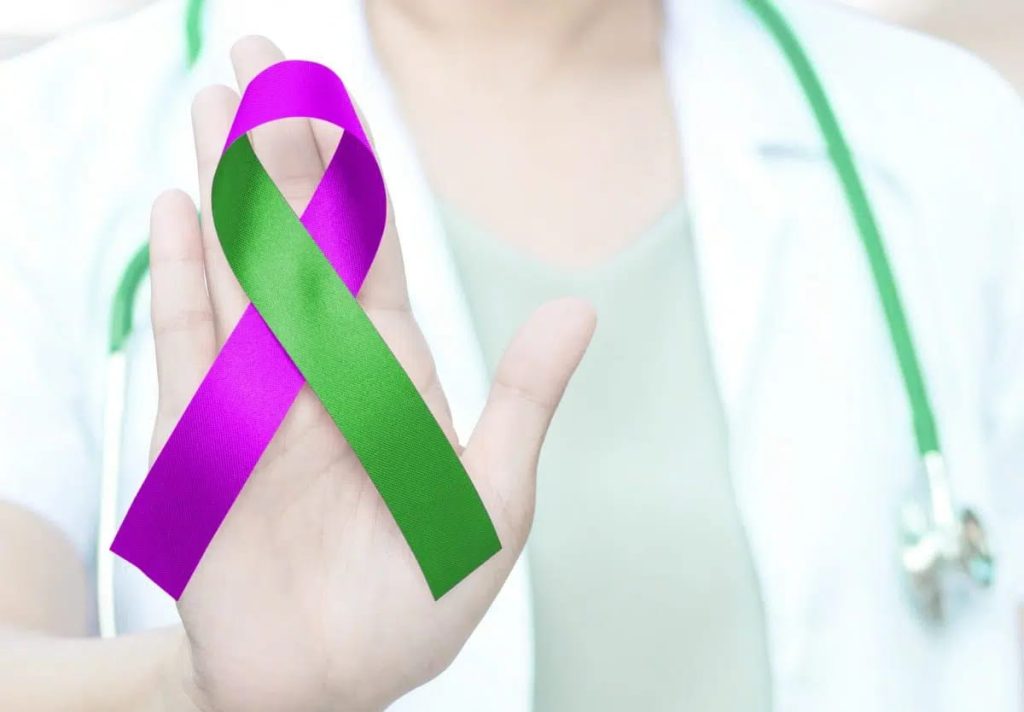Imagine a disease so vicious and relentless that it devours flesh at an alarming rate, leaving doctors and scientists baffled for centuries. Necrotizing fasciitis, commonly known as the "flesh-eating disease," is exactly that nightmare turned reality. With its first documented mention by Friedrich Daniel von Recklinghausen in 1855, this condition has a dark and mysterious past. Tracing back to ancient civilizations, where even the great Hippocrates penned descriptions of its gruesome effects, necrotizing fasciitis has been a shadowy figure in the annals of medical history. Despite its rare occurrence, each case unfolds like a horror story, with the potential to escalate from a minor injury to a life-threatening situation in no time. Over the years, the saga of this disease has been marked by misdiagnoses, a growing understanding of its pathology, and, thankfully, advancements in treatment. Yet, the battle against this relentless infection continues, reminding us of the importance of awareness and swift action.
Key Takeaway
Timeline
Day Activities
-
Morning Kick-off: Necrotizing Fasciitis Awareness Day starts with a sunrise ceremony, where survivors and families gather to share stories of resilience and remembrance. This poignant moment sets the tone for a day dedicated to education and empathy, highlighting the importance of early detection and the strength of those affected.
-
Educational Workshops: Midday activities pivot to interactive workshops led by medical professionals. Here, attendees learn about the signs, symptoms, and preventive measures of necrotizing fasciitis. These sessions aim to demystify the disease, offering hands-on learning experiences that empower participants with knowledge and awareness.
-
Community Outreach: As the day winds down, focus shifts to community outreach programs. Volunteers distribute informational brochures and speak with locals, spreading awareness beyond the event's attendees. This grassroots approach ensures the message of Necrotizing Fasciitis Awareness Day resonates in neighborhoods, helping to safeguard communities through informed vigilance.
Why We Love This Day
-
Spotlight on a silent killer: Necrotizing fasciitis, or as it's chillingly known, "flesh-eating disease," doesn't always make headlines, but it's a condition that can strike fear into the heart of anyone familiar with its devastating effects. May 31 shines a light on this rare, yet potentially fatal bacterial infection, reminding us all of its seriousness. It's a day to spread knowledge, not the disease, helping everyone understand the critical importance of early detection and treatment. After all, knowledge is power, especially when it comes to our health.
-
A nod to medical advancements: Since the days of Hippocrates, our understanding of diseases has come a long way, and Necrotizing Fasciitis Awareness Day is a testament to that journey. Celebrating this day, we acknowledge the leaps in medical science that have brought us closer to effectively combating this disease. From the development of life-saving antibiotics to cutting-edge surgical techniques, there's a lot to be grateful for. It's a day to appreciate the minds behind the medicine, whose dedication helps save lives from the clutches of this merciless infection.
-
Community and compassion: Beyond the science and the scare, May 31 fosters a sense of community and compassion among those affected by necrotizing fasciitis, their families, and healthcare providers. It's a day that reminds us of the human stories behind the disease – the struggles, the survival, and sometimes, the loss. By bringing these stories into the light, Necrotizing Fasciitis Awareness Day helps build a support network for those touched by the disease, emphasizing that no one has to face this battle alone. In the end, it's all about people helping people, and that's something truly worth celebrating.
Past & Future Dates
| Month | Day | Year |
|---|---|---|
| MAY | 31 | 2022 |
| MAY | 31 | 2023 |
| MAY | 31 | 2024 |
| MAY | 31 | 2025 |
| MAY | 31 | 2026 |
| MAY | 31 | 2027 |
| MAY | 31 | 2028 |
FAQ
What is the new name for necrotizing fasciitis?
Necrotizing fasciitis (NF), also known as flesh-eating disease, is a bacterial infection that results in the death of parts of the body's soft tissue.
What is necrotizing fasciitis?
Necrotizing fasciitis is a subset of aggressive skin and soft tissue infections (SSTIs) that cause necrosis of the muscle fascia and subcutaneous tissues. The infection typically travels along the fascial plane, which has a poor blood supply.
Has anyone survived necrotizing fasciitis?
Yes, patients who survive a hospitalization for necrotizing fasciitis can have prolonged survival after discharge. However, they have a higher rate of death than age and gender-matched controls.
How rare is necrotizing fasciitis?
Necrotizing fasciitis is quite rare. Every year, between 700 and 1,150 cases are diagnosed in the U.S., and up to 1 in 5 cases of necrotizing fasciitis result in death. It rarely happens in children.
